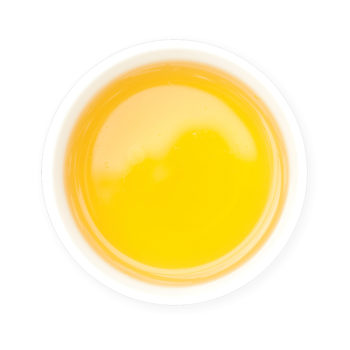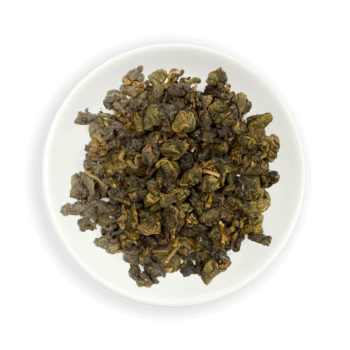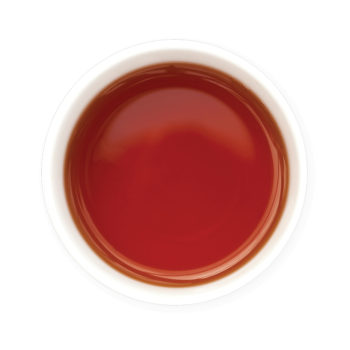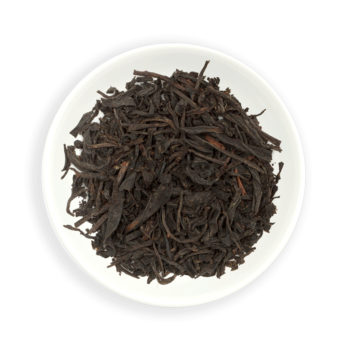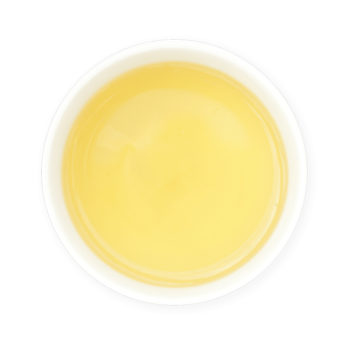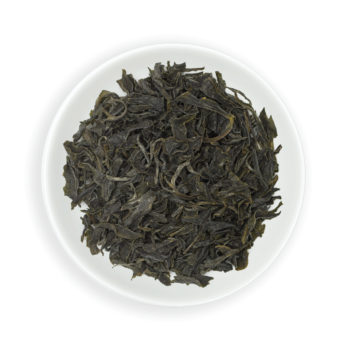1. Many leaves of the same plant
White, yellow, green, oolong, black, and post-fermented tea are all made from the leaves of the plant Camellia sinensis. There are over 1,500 kinds of tea produced around the world, each falling into one of these six categories. What makes each type of tea different is all in how the leaves are processed, as well as the location and growing conditions of the tea. As the only New Zealand-grown teas, Zealong’s unique terroir has a major influence on the final flavour of the tea, along with the certified organic growing practices and world-class processing techniques. The test is in the tasting.
2. When a tea is not a tea
What about peppermint tea, rose tea, or chamomile tea? You might be thinking about the myriad tisanes, which are often referred to as ‘tea’ as well. Tisane, a French word for “herbal infusion”, refers to a combination of herbs, spices, fruit, or even chocolate steeped in hot water. If it doesn’t have Camellia sinensis leaves, it’s a tisane! Some teas, like those in Zealong’s Botanical and Heritage Collections, contain Camellia sinensis blended with other herbs and botanicals, so they can be considered true teas.
3. Cuppa? Yes please!
Next to water, tea is the world’s most popular beverage, so it’s no wonder a whopping 3 million tons of tea are produced annually! New Zealand ranks about 45th in tea consumption, drinking a respectable 1.2kg of tea per person each year.
4. Tea around the world
China may be the largest tea producing country in the world, but it might surprise you to learn that they aren’t the largest consumers of tea. Instead, that honour goes to Turkey, followed by Ireland and the United Kingdom. Zealong exports New Zealand-grown tea to many places around the globe, including Germany, China, United States, and Japan.
5. A cup a day keeps the doctor away
Tea comes in various delicious forms and has become central to numerous cultures around the world, but there’s more: it’s also considered a health drink by many. Studies have associated tea with heart health, liver function, weight control, and a reduced risk of stroke or depression. Other research indicates antioxidant and anti-inflammatory properties.
Common herbs used in tisanes have their own medicinal properties too, so drinking blended teas can boost the health benefits of tea!
6. Cheers to happy accidents
According to legend, tea was discovered in 2737 B.C. when some leaves dropped into Chinese Emperor Shen Nung’s cup of boiling water, and he was impressed by the resulting brew. So was the rest of the world: over the centuries, tea spread across the globe, becoming a high-demand luxury item. Much later, in the early 1800s, a tea merchant sent out samples enclosed in small silk pouches, and the recipients brewed the samples, pouch and all. The convenience caught on: today, 96% of all tea is sold as a commodity in tea bag form.
Then, in the 1990s, a Waikato tea-lover noticed that garden camellias thrived in the region and wondered if the Camellia sinensis would do well there too. So, a chance thought became the origin of New Zealand’s only tea estate.
Taking inspiration from the happy accidents which made tea what it is today, Zealong grows tea 100% organically, as Emperor Shen Nung would have drunk, using ancient traditional methods. And like the original tea pouches, their plastic-free tea bags contain whole tea leaves, which can be re-brewed multiple times (before being put in your compost bin).
Isn’t it time you tried New Zealand grown tea?
